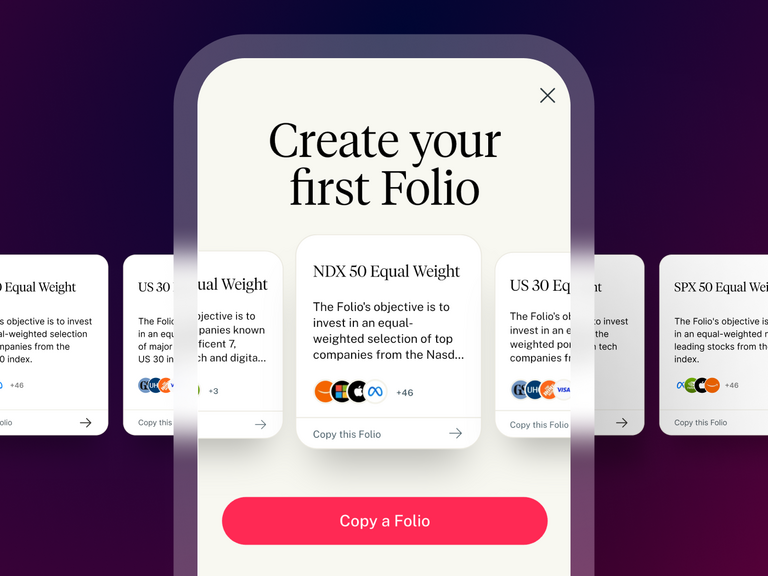Compared to the more commonplace battery-powered electric vehicles (EVs), those that run on hydrogen can be lighter and have a greater range thanks to hydrogen’s superior energy-to-weight ratio. It is also quicker to refuel a hydrogen-powered EV than it is to charge lithium-ion batteries.
Unlike lithium-ion batteries, fuel cells don’t need to be plugged into a charging station. Refuelling hydrogen-powered cars does use electricity, but AFC Energy [AFC.L] and Plug Power [PLUG] have shown that it’s possible to charge fuel cells with zero emissions.
The declining costs of renewable energy are what led Andy Marsh, CEO of Plug Power, to make a commitment to building the first US green hydrogen network with a goal to reach 500 tons a day in capacity by 2025, he said during the company’s fourth-quarter earnings on call in February.
In the fuel cell space, Statista data shows that Plug Power had the highest market value in November 2020, followed by Ballard Power [BLDP], Bloom Energy [BE] and FuelCell Energy [FCEL].
$122billion
Expected valuation of the lithium-ion battery market by 2026
Tesla [TSLA] CEO Elon Musk has previously taken to Twitter to describe fuel cells as “fool sells”. But the truth is, hydrogen is a viable alternative to lithium-ion batteries, and, in all likelihood, both could co-exist.
The lithium-ion battery market is expected to be valued at more than $122bn by 2026, growing at a compound annual growth rate (CAGR) of 16%, MarketWatch reports. The publication also notes that the market for hydrogen fuel cells is likely to be considerably smaller in five years’ time, valued at $4.4bn, growing at a CAGR of 14.8%.
Charging ahead
Whether or not lithium wins the race to power the EVs of the future, the technology has an array of additional useful applications for lithium-ion batteries. It is thought that half of all lithium mined is currently used for the production of rechargeable batteries.
SolarEdge Technologies [SEDG], an Israel-based supplier of rooftop solar components, has plans to scale its lithium-ion battery production in the current fiscal year.
In its fourth-quarter 2020 earnings call in February, SolarEdge CEO Zvi Lando said 2021 would be “a year of growth, new product releases and development of our solar and non-solar businesses”.
“A year of growth, new product releases and development of our solar and non-solar businesses” - SolarEdge CEO Zvi Lando's comments on 2021
The two mainstream ways to power solar storage are lead-acid batteries and lithium-ion batteries. Although the latter has an upfront cost, it is more cost-effective. Lithium-ion batteries have a life cycle that is two to three times that of lead-acid batteries.
Heavy lifting
Lithium-ion batteries are also increasingly being used in the construction, warehousing and agriculture industries. They can power forklifts, for example.
Being lightweight, lithium-ion batteries enable increased performance and enhanced capabilities. In the case of forklifts, they can enable higher and faster lifting, and the lifting of heavier loads. The batteries also allow the forklifts to be more compact.
This makes it easier to navigate the smaller spaces and narrow aisles in warehouses. The German material handling equipment provider Jungheinrich [JUN3.DE] is one company that is selling lithium-ion powered forklifts. Chinese EV maker BYD [002594] also sells lithium-based forklifts, but they run on slightly heavier lithium iron phosphate batteries.
Another German company — battery manufacturer VARTA [VAR1.DE] — is working with French robotics firm Naïo Technologies to power agriculture and weeding robots. The two joined forces last year to develop remote charging stations that robots can take themselves to when they need charging. This increases efficiency and cuts down on human interaction. The first pilot programme hopes to show that it can increase a robot’s autonomy by a third.
EnerSys [ENS] is also developing lithium-ion battery solutions, designed for heavy-duty operations. As a relatively new entrant into the market, the company announced in its fourth-quarter 2021 earnings call in May that its fiscal 2022 capital expenditure will be $100m. Most of this will go towards lithium and battery development.
While lithium-ion batteries are still one of the most used in EVs, significant improvements and ongoing innovations in fuel-cell technology could give way to a whole new range of power.
This article was originally published in our Opto Magazine. You can purchase your copy via our Opto Shop.
Disclaimer Past performance is not a reliable indicator of future results.
CMC Markets is an execution-only service provider. The material (whether or not it states any opinions) is for general information purposes only, and does not take into account your personal circumstances or objectives. Nothing in this material is (or should be considered to be) financial, investment or other advice on which reliance should be placed. No opinion given in the material constitutes a recommendation by CMC Markets or the author that any particular investment, security, transaction or investment strategy is suitable for any specific person.
The material has not been prepared in accordance with legal requirements designed to promote the independence of investment research. Although we are not specifically prevented from dealing before providing this material, we do not seek to take advantage of the material prior to its dissemination.
CMC Markets does not endorse or offer opinion on the trading strategies used by the author. Their trading strategies do not guarantee any return and CMC Markets shall not be held responsible for any loss that you may incur, either directly or indirectly, arising from any investment based on any information contained herein.
*Tax treatment depends on individual circumstances and can change or may differ in a jurisdiction other than the UK.
Continue reading for FREE
- Includes free newsletter updates, unsubscribe anytime. Privacy policy





